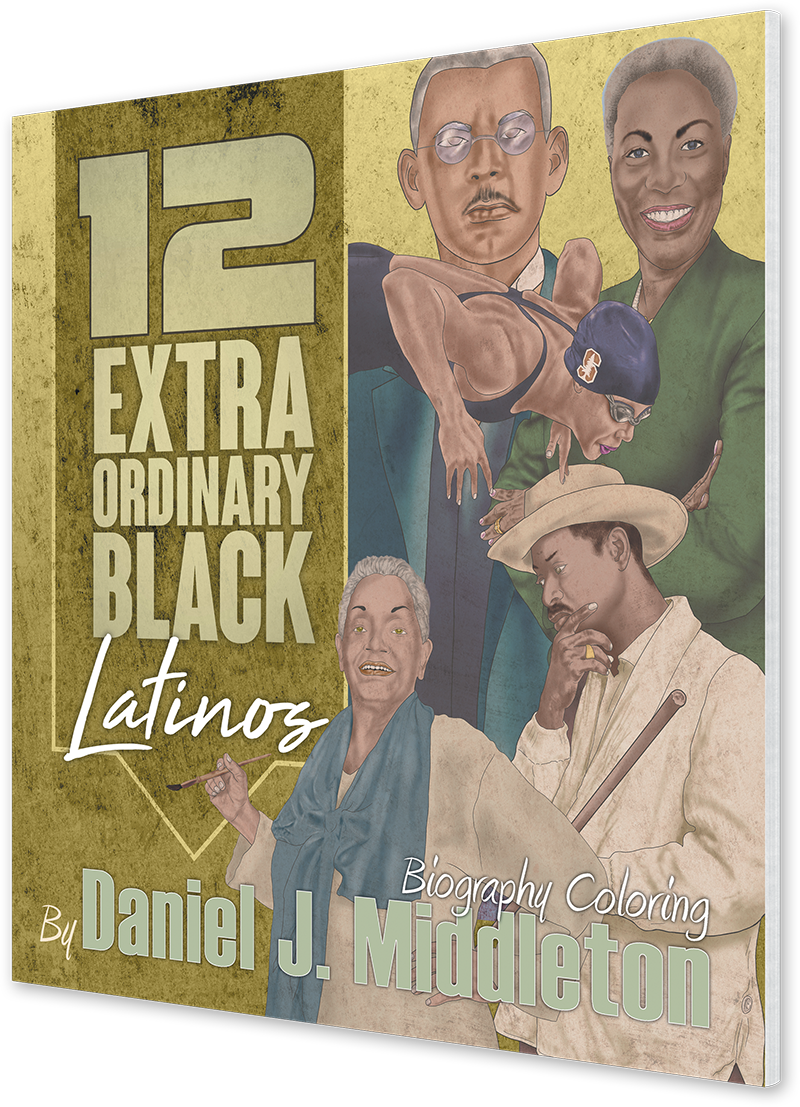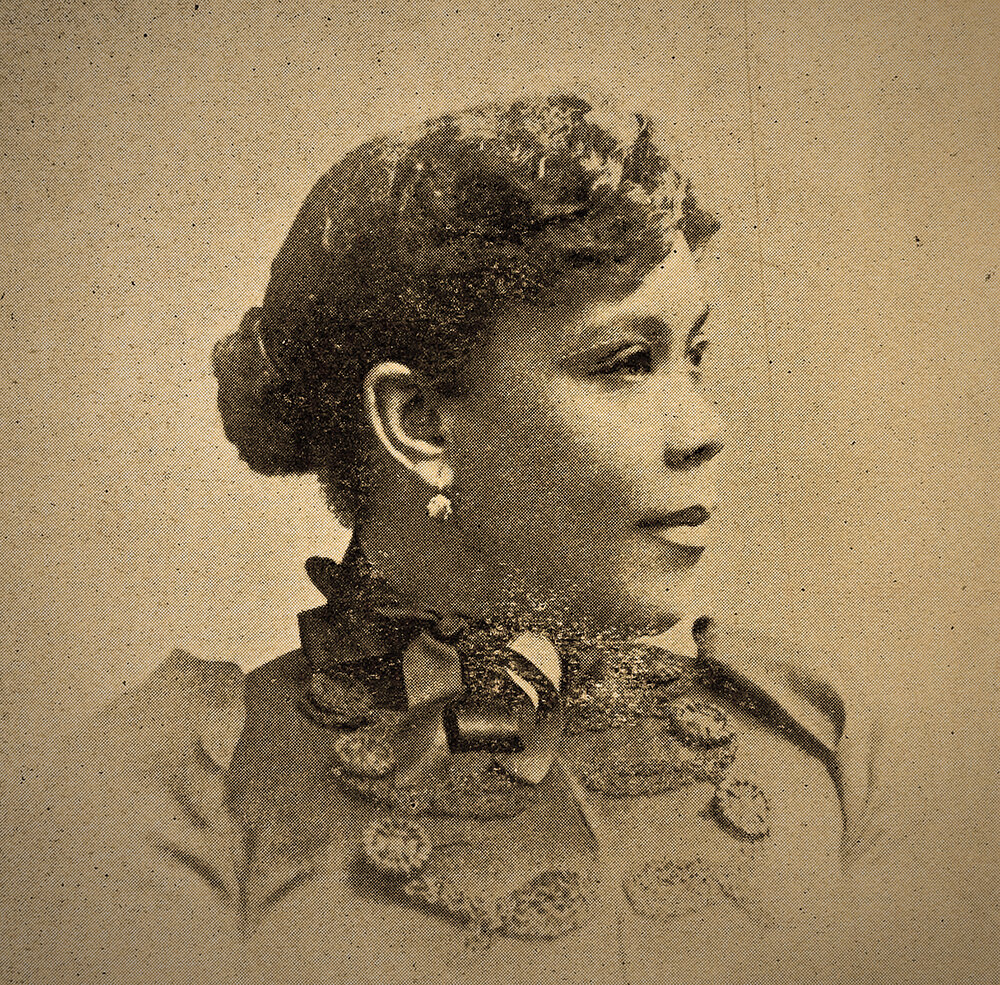Miriam Jiménez Román
The Architect of Afro-Latino Studies
Portrait of Miriam Jiménez Román, adapted from a photo courtesy of NYU Arts & Science.
Miriam Jiménez Román had many roles in life: she was an activist, professor, editor, archivist, social theorist, curator, and author. But she was also an important pioneer, being the architect of Afro-Latino studies. Inspired by efforts in the civil rights and black power movements, Miriam worked tirelessly to bring needed awareness to the Latinidad experience, focusing on the blacks who were often overshadowed or omitted from the narrative.
On June 11, 1951, Miriam Esther Jiménez Román was born in Aguadilla, a city on the northwest coast of the island of Puerto Rico. Her mother, Arcelia Román Ruiz, worked in health care as a hospital coordinator. Her father, Baldomero Jiménez Font—an Afro-Puerto Rican—was a factory worker. The year after she was born, Miriam’s family immigrated to the United States, settling in New York’s East Harlem neighborhood, the birthplace of her younger sisters Carmen, Evelyn, and Awilda.
Miriam experienced the turbulence of the 1960s while growing up in Harlem, and she witnessed diverse blacks from all walks of life brave the racism of that era in unique ways that informed her subsequent activism efforts. She soon realized that she was part of a broad diaspora community comprised of African-Americans, Dominicans, and Nuyoricans, a portmanteau of “New York” and “Puerto Rican.” In time, she would devote her life to sharing their stories with the world.
Miriam took illustration and advertising classes at the High School for Art and Design in Manhattan, and some of her stories were published in the Prism yearbook the year she graduated, 1969. She later attended universities in the U.S. and Puerto Rico, culminating in a sociology PhD. From 1987, she spent a decade at the Schomburg Center for Research in Black Culture, where she coordinated research and curated exhibits and special programs. Miriam also enjoyed a career as a professor between 1991 and 2013. Her courses on race, ethnicity, and gender enlightened students at Hunter College and Binghamton, Brown, Columbia, and New York universities.
On August 6, 2020, Miriam died of cancer in Cabo Rojo, Puerto Rico. She was 69 years old.
She met fellow scholar Juan M. Flores in the 1990s and married him in 2000. That was the year the U.S. decennial census sparked heated media discussions and skewed analyses on race and ethnicity. The race category structure of the census also led to an undercount of Afro-Latinos. Together with her husband, Miriam edited a groundbreaking book on the Afro-Latinidad experience.
The Afro-Latin@ Reader, published in 2010 by Duke University Press, is a six-hundred-page work by sixty-seven contributors. Their scholarly essays, articles, poetry, short stories, interviews, and memoirs cover a broad period of Afro-Latinidad life, beginning in the mid-sixteenth century when Spanish-speaking Africans entered North America. Miriam later said of the publication:
“This kind of book should have been around when I was a kid because blackness was equated with being African American. This limited view left me concerned about my blackness because I grew up as a Black Puerto Rican and I’m very conscious how race and ethnicity have both impacted my life.”
You may also be interested in:

This article appears in 12 Extraordinary Black Latinos.
Available from Amazon.com, BN.com, and other retailers.




José Celso Barbosa became the first Puerto Rican to earn a medical degree in the U.S. After practicing medicine for decades in his country, Barbosa emerged as a leading politician.